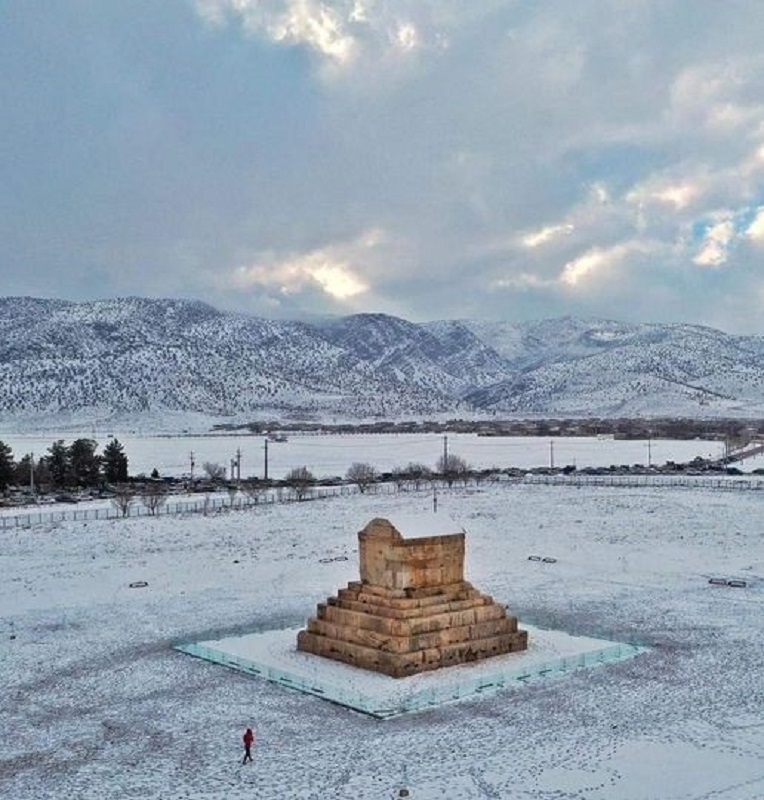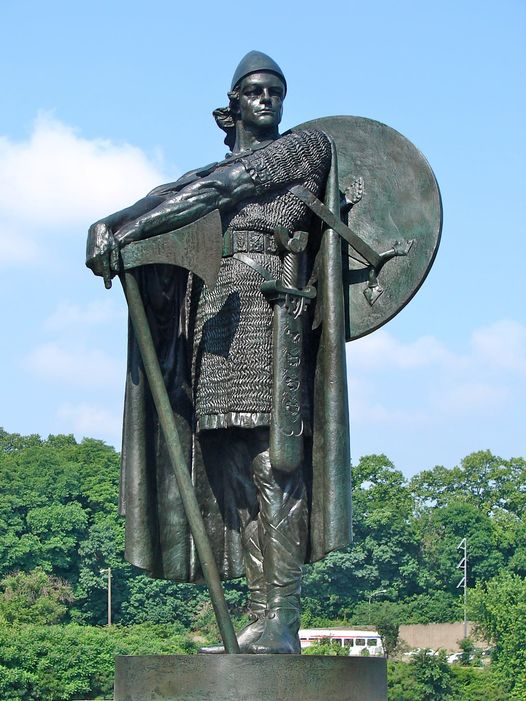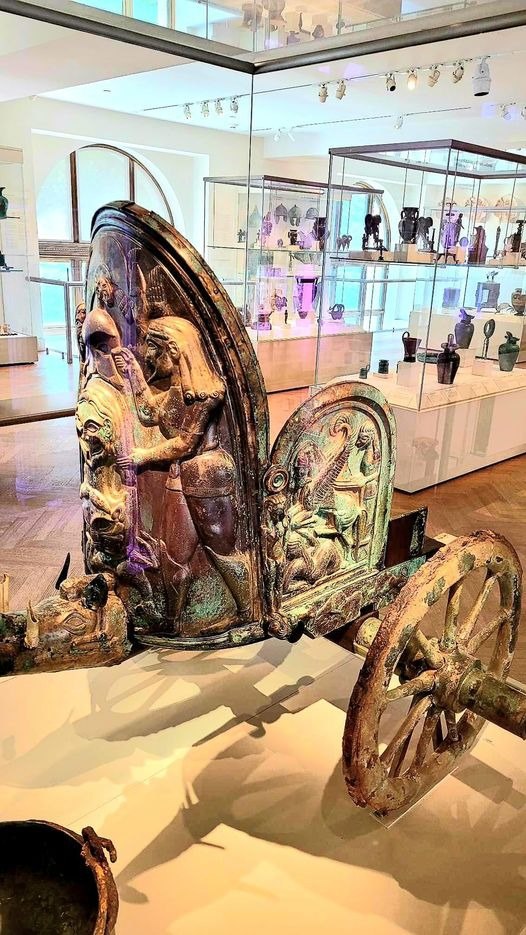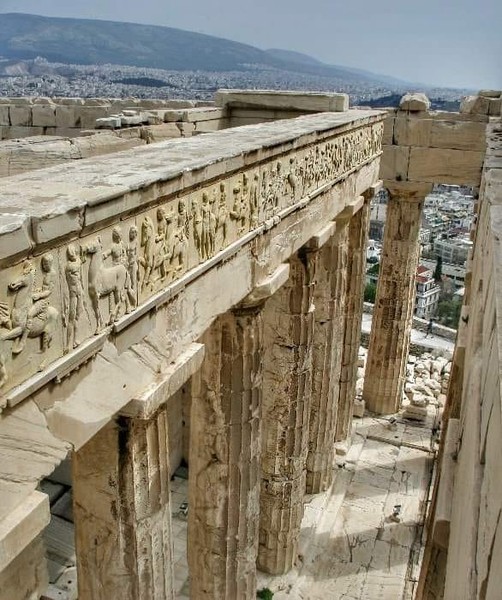Nestled within the annals of ancient Egyptian history lies a profound and enigmatic text known as the Book of the Dead.
Unraveling the Mysteries of the Ancient Egyptian Book of the Dead
Nestled within the annals of ancient Egyptian history lies a profound and enigmatic text known as the Book of the Dead. This funerary scripture, inscribed on papyrus and adorned with elaborate illustrations, served as a guide to the afterlife for the deceased. In this blog post, we embark on a journey to explore the origins, significance, and enduring legacy of this sacred text, delving into its intricate symbolism and timeless wisdom.
[caption id="attachment_31530" align="aligncenter" width="800"]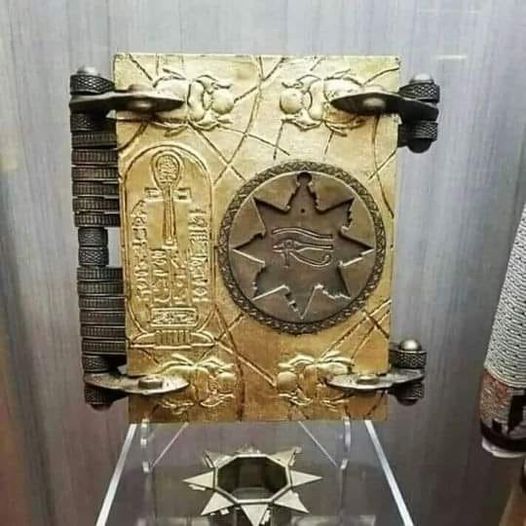 The Book of The Dead[/caption]
The Book of The Dead[/caption]
Journey into the Realm of the Afterlife
The Book of the Dead, also known by its ancient Egyptian title as "rw nw prt m hrw," translates to "The Book of Coming Forth by Day." It was believed to be a vital tool for the deceased to navigate the perilous journey through the underworld and reach the realm of eternal bliss. The text is a compilation of spells, prayers, and incantations aimed at protecting the soul from malevolent forces and ensuring its safe passage to the afterlife. Each chapter of the Book of the Dead offers guidance on various aspects of the journey, from overcoming obstacles to appeasing the gods and goddesses who preside over the afterlife.
The Art of Ancient Egyptian Funerary Rituals
Accompanying the textual components of the Book of the Dead are intricate illustrations and vignettes depicting scenes of the deceased's journey into the afterlife. These vivid and detailed depictions often include images of gods, goddesses, mythical creatures, and symbolic representations of the underworld. Among the most iconic illustrations are those of the weighing of the heart ceremony, where the deceased's heart is judged against the feather of Ma'at, the goddess of truth and justice. These illustrations not only served as visual aids but also provided a glimpse into the elaborate funerary rituals and beliefs of ancient Egyptian society.
Legacy and Influence on Ancient Egyptian Culture
The Book of the Dead played a central role in ancient Egyptian funerary practices and rituals for over a millennium, shaping the beliefs and customs surrounding death and the afterlife. Its teachings and symbolism permeated all aspects of Egyptian society, from religious ceremonies to artistic expressions. The text also exerted a profound influence on later civilizations, with echoes of its themes and motifs found in various religious and philosophical traditions around the world. Despite the passage of millennia, the Book of the Dead remains a testament to the enduring quest for immortality and spiritual enlightenment that transcends time and space.
The Eternal Quest for Immortality
As we conclude our exploration of the ancient Egyptian Book of the Dead, we are reminded of the timeless quest for immortality and spiritual transcendence that has permeated human consciousness throughout history. The text serves as a testament to the profound wisdom and ingenuity of the ancient Egyptians, offering insights into their beliefs, values, and aspirations. As we marvel at the intricacies of the Book of the Dead and its enduring legacy, we are inspired to ponder the mysteries of existence and the eternal journey of the soul beyond the realm of the living. Let us continue to unravel the secrets of the past and honor the wisdom of our ancestors as we navigate the complexities of life and death.






